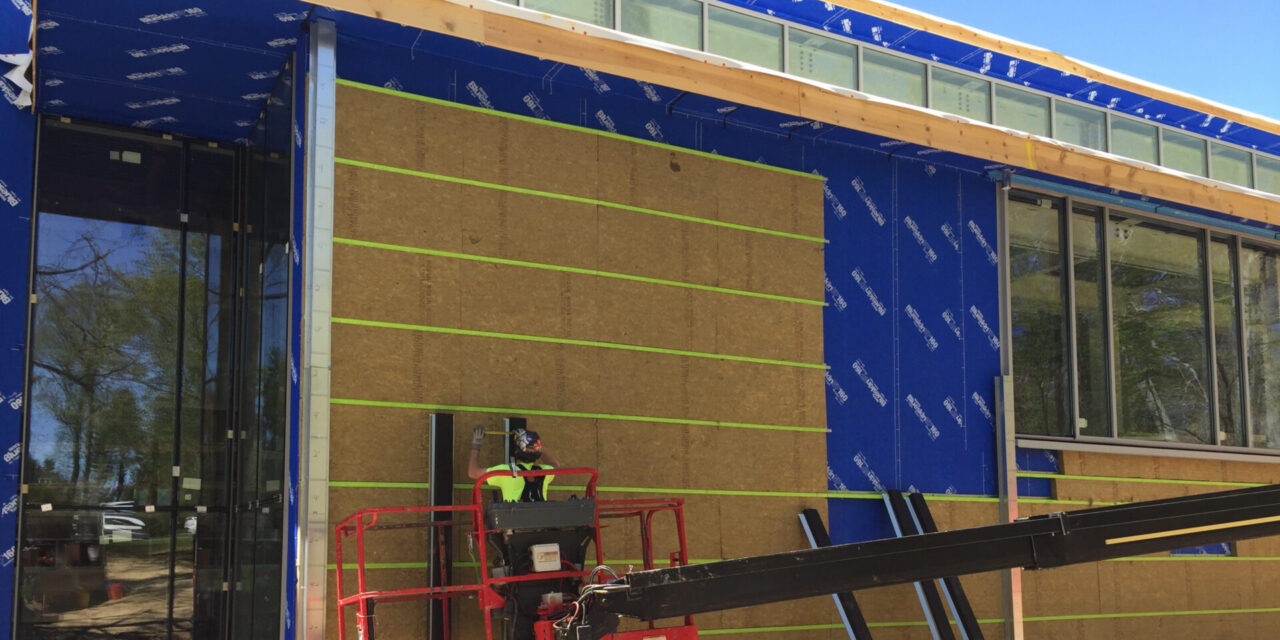

Articles
What Is Continuous Insulation
Modified: September 1, 2024
Learn everything about continuous insulation in our informative articles. Discover its benefits and how to properly install it for maximum energy efficiency.
(Many of the links in this article redirect to a specific reviewed product. Your purchase of these products through affiliate links helps to generate commission for Storables.com, at no extra cost. Learn more)
Introduction
When it comes to designing and constructing energy-efficient buildings, continuous insulation plays a crucial role. As buildings aim to improve their energy efficiency, reduce heat loss, and enhance thermal performance, the use of continuous insulation has become increasingly popular. In this article, we will explore what continuous insulation is and why it is essential in modern construction.
Continuous insulation, also known as CI, is a building technique that involves installing insulation materials on the exterior of a building to provide a continuous layer of thermal protection. Unlike traditional insulation methods that rely on intermittent insulation materials between studs or joists, continuous insulation covers the entire building envelope, reducing thermal bridging and providing consistent thermal resistance.
The primary purpose of continuous insulation is to create a barrier that minimizes heat transfer through the building’s walls, roof, and foundation. By preventing thermal bridging, where heat can easily flow through gaps in insulation, continuous insulation significantly improves energy efficiency and reduces heating and cooling costs.
Furthermore, continuous insulation helps maintain a comfortable indoor environment by reducing temperature fluctuations and condensation issues within the walls. By creating a continuous thermal envelope, it minimizes heat loss in winter and heat gain in summer, resulting in a more stable and energy-efficient living or working space.
In addition to energy efficiency, continuous insulation offers several other benefits. It improves the overall durability and structural integrity of a building by protecting against moisture intrusion, reducing the risk of mold growth and rot. It also acts as a sound barrier, reducing noise transmission from the outside environment. Additionally, continuous insulation can enhance the aesthetic appeal of a building and increase its resale value.
Overall, continuous insulation is essential for creating energy-efficient, durable, and comfortable buildings. In the following sections, we will explore different types of continuous insulation materials, installation methods, considerations for selecting the right insulation, and common applications. We will also delve into the relationship between energy efficiency and continuous insulation and discuss important codes and standards to ensure compliance with building regulations. So let’s dive in and discover the world of continuous insulation!
Key Takeaways:
- Continuous insulation is a crucial building technique that minimizes heat transfer, reduces energy consumption, and enhances indoor comfort. It offers numerous benefits, including improved energy efficiency, moisture management, and sustainability.
- Proper selection and installation of continuous insulation materials are essential for achieving optimal energy efficiency and compliance with building codes. By creating a seamless thermal barrier, continuous insulation contributes to sustainable and comfortable building environments.
Read more: What Is A Continuous Ventilation System
Definition of Continuous Insulation
Continuous insulation (CI) refers to a building envelope strategy where insulation materials are installed continuously on the exterior of a building, creating a seamless layer of thermal protection. Unlike traditional insulation methods that are installed within the wall cavities or between studs, continuous insulation covers the entire exterior surface of the building, minimizing thermal bridging and enhancing energy efficiency.
The purpose of continuous insulation is to reduce heat transfer through the building envelope, which includes the walls, roof, and foundation. By providing a continuous layer of insulation, it prevents thermal bridging, where heat can easily escape or enter through gaps in the insulation. This results in a more thermally efficient building, reducing energy consumption and improving indoor comfort.
Continuous insulation can be made from a variety of materials, including rigid foam boards, sprayed-on foam, mineral wool, and reflective insulation. These materials are chosen for their high insulating properties and durability. Rigid foam boards, such as expanded polystyrene (EPS), extruded polystyrene (XPS), or polyisocyanurate (polyiso), are commonly used due to their excellent thermal resistance and moisture resistance.
Continuous insulation is typically installed on the exterior of the building, either directly over the sheathing or behind the cladding. It can be applied in different thicknesses depending on the specific energy efficiency requirements of the building and local building codes. The insulation boards are secured to the walls using adhesives, mechanical fasteners, or a combination of both.
One of the key benefits of continuous insulation is its ability to reduce thermal bridging. Thermal bridging occurs when materials with high thermal conductivity, such as metal framing or concrete walls, create a pathway for heat to flow through the insulation. By covering the entire exterior surface with insulation, continuous insulation minimizes these pathways, ensuring more efficient thermal performance.
In addition to reducing heat transfer, continuous insulation also helps to control moisture and improve the durability of the building. By providing a continuous thermal barrier, it reduces the risk of condensation forming within the walls and prevents moisture-related issues such as mold growth and rot.
Overall, continuous insulation is a critical component of energy-efficient building design. It offers significant benefits in terms of reducing energy consumption, improving indoor comfort, and increasing the overall durability of the building. By effectively insulating the entire building envelope, continuous insulation helps create a more sustainable and comfortable living or working environment.
Benefits of Continuous Insulation
Continuous insulation offers numerous benefits that contribute to energy-efficient and sustainable building design. By installing insulation materials on the exterior of a building, it provides a continuous layer of thermal protection, minimizing heat loss, and improving overall energy performance. Let’s explore some of the key benefits of continuous insulation:
- Enhanced Energy Efficiency: One of the primary advantages of continuous insulation is its ability to significantly improve the energy efficiency of a building. By creating a continuous thermal barrier on the exterior, it minimizes heat transfer through the walls, roof, and foundation, reducing the need for artificial heating and cooling. This, in turn, leads to lower energy consumption and reduced utility costs.
- Thermal Bridging Reduction: Continuous insulation effectively reduces thermal bridging, which occurs when there are gaps in the insulation allowing heat to flow more easily. By covering the entire exterior surface of the building, continuous insulation minimizes heat transfer paths and ensures a more uniform and efficient thermal envelope.
- Improved Indoor Comfort: Continuous insulation helps maintain a more comfortable indoor environment by reducing temperature fluctuations and minimizing drafts. By creating a consistent thermal barrier, it prevents cold spots near walls and minimizes heat gain in warmer climates, resulting in a more stable and comfortable living or working space.
- Moisture Management: Another benefit of continuous insulation is its ability to control moisture and prevent condensation issues within walls. By providing a continuous thermal barrier, it helps reduce the risk of moisture accumulation, mold growth, and rot. This contributes to better indoor air quality and a healthier living environment.
- Noise Reduction: Continuous insulation also acts as a sound barrier, reducing noise transmission from the external environment. This is particularly beneficial in urban areas or locations near busy roads, airports, or other sources of noise.
- Improved Durability: By protecting the building envelope from moisture intrusion, continuous insulation enhances the overall durability of the structure. It helps prevent water damage, reduces the risk of decay and structural deterioration, and extends the lifespan of the building.
- Aesthetic Enhancement: Continuous insulation can also contribute to the aesthetic appeal of a building. It offers a clean and uniform appearance, and its installation can be seamlessly integrated with various cladding materials and architectural designs.
- Sustainability: With its ability to reduce energy consumption and improve thermal performance, continuous insulation plays a significant role in sustainable building design. By minimizing greenhouse gas emissions associated with heating and cooling, it contributes to a greener and more environmentally friendly built environment.
Overall, continuous insulation offers a wide range of benefits that make it an essential component of modern construction. From energy efficiency and improved comfort to moisture management and durability, this building technique proves to be a valuable investment for both homeowners and commercial property owners.
Types of Continuous Insulation Materials
Continuous insulation can be achieved using various types of insulation materials, each with its own unique characteristics and advantages. The choice of insulation material depends on factors such as the climate, building design, budget, and specific performance requirements. Let’s explore some of the most commonly used types of continuous insulation materials:
- Rigid Foam Boards: Rigid foam boards are a popular choice for continuous insulation due to their excellent thermal insulation properties and durability. The most commonly used types of rigid foam insulation include:
- Expanded Polystyrene (EPS): EPS is a lightweight and cost-effective insulation material. It offers good thermal resistance, moisture resistance, and dimensional stability.
- Extruded Polystyrene (XPS): XPS is a closed-cell insulation material known for its high compressive strength and moisture resistance. It provides excellent thermal performance and can withstand high loads.
- Polyisocyanurate (Polyiso): Polyiso insulation offers a high R-value per inch, making it an efficient choice for limited space applications. It has good fire resistance and provides superior thermal performance.
- Sprayed-On Foam: Sprayed-on foam insulation, such as closed-cell polyurethane foam or open-cell spray foam, is another option for continuous insulation. This type of insulation is applied as a liquid and expands to form a solid foam insulation layer, adhering to the exterior surface of the building. It provides excellent insulation and air sealing properties while filling in gaps and voids for better thermal performance.
- Mineral Wool: Mineral wool, also known as rock wool or stone wool, is a versatile insulation material used in both residential and commercial construction. It consists of fibers made from natural or synthetic minerals, offering excellent fire resistance and sound absorption properties. Mineral wool can be installed as rigid boards or as batts, providing continuous insulation when properly installed.
- Reflective Insulation: Reflective insulation, also known as radiant barrier insulation, uses a reflective surface to reduce heat transfer. It consists of a layer of aluminum foil or coated film that reflects radiant heat, preventing it from entering or exiting the building. Reflective insulation is often used in combination with other types of insulation to enhance overall thermal performance.
- Composite Insulation: Composite insulation combines multiple insulation materials to create a high-performance continuous insulation system. For example, a composite insulation panel might include a layer of rigid foam insulation sandwiched between two layers of reflective insulation. This combination allows for enhanced thermal resistance and improved moisture management.
It is important to consult with building professionals and consider local building codes and regulations when selecting the appropriate insulation material for continuous insulation. Proper installation and adherence to manufacturer guidelines are crucial to ensure optimal performance and long-term durability.
Each type of continuous insulation material has its own advantages and considerations. Understanding the properties and limitations of each material is fundamental to making an informed decision and achieving the desired energy efficiency and thermal performance in a building.
Installation Methods for Continuous Insulation
Proper installation is key to maximizing the effectiveness of continuous insulation. The installation method will vary depending on the type of insulation material used and the specific requirements of the building. Here are some common installation methods for continuous insulation:
- Adhesive Attachment: One method for attaching continuous insulation to the building exterior is by using adhesives. The insulation boards are coated with a specially formulated adhesive, which is then applied to the sheathing or substrate. The boards are carefully positioned and pressed firmly against the surface to ensure proper adhesion.
- Mechanical Fasteners: Mechanical fasteners can be used in combination with adhesives to secure continuous insulation to the building surface. This method involves drilling holes through the insulation boards and into the sheathing or substrate, then inserting fasteners such as screws or nails to hold the insulation in place. Proper spacing and placement of the fasteners are crucial to ensure secure attachment and prevent thermal bridging.
- Vertical Strapping: Vertical strapping is a method that involves installing horizontal furring strips or wooden battens vertically over the continuous insulation. The insulation boards are attached to the furring strips using adhesive or mechanical fasteners. This installation method allows for enhanced cladding attachment and creates an air gap between the insulation and the cladding, helping to improve ventilation and moisture management.
- Insulation Hangers: Insulation hangers, also known as insulation support pins or fasteners, can be used to attach continuous insulation to the building surface. These pins are typically made of metal or plastic, and they penetrate the insulation board and secure it to the sheathing or substrate. This method provides a reliable and durable attachment system.
- Cavity Wall Continuous Insulation: For cavity wall construction, continuous insulation can be installed within the wall cavity. Insulation materials, such as rigid foam boards, are cut to fit the cavity dimensions and placed between the wall studs. Proper sealing of the insulation joints and edges is necessary to ensure a continuous thermal barrier.
- Spray-On Application: In the case of sprayed-on foam insulation, a specialized spray foam contractor applies the insulation material directly onto the building surface. The foam expands and adheres to the sheathing or substrate, providing a seamless layer of insulation. Careful attention must be paid to achieving the desired thickness and uniform coverage to ensure optimal thermal performance.
It is essential to follow manufacturer guidelines, local building codes, and industry best practices when installing continuous insulation. Hiring qualified professionals with experience in continuous insulation installation can ensure proper technique, adherence to building regulations, and optimal performance.
Additionally, integrating proper detailing, such as sealing joints, edges, and penetrations, is crucial to create an effective air and moisture barrier. Proper insulation layer continuity and attention to insulation-to-insulation and insulation-to-foundation transitions are also important for maintaining the insulation’s performance and preventing thermal bridging.
By selecting the appropriate installation method and ensuring proper installation techniques, continuous insulation can deliver optimal energy efficiency, thermal performance, and durability, contributing to a more sustainable and comfortable building environment.
When installing continuous insulation, make sure to properly seal all joints and edges to prevent thermal bridging and maximize energy efficiency.
Read more: What Is Insulation
Considerations for Selecting Continuous Insulation
Selecting the right continuous insulation for a building project involves considering several factors to ensure optimal performance, energy efficiency, and durability. Here are some key considerations to keep in mind when selecting continuous insulation:
- Climate and Building Location: The climate and geographic location of the building play a significant role in selecting the appropriate insulation material. Consider factors such as temperature ranges, humidity levels, wind exposure, and the presence of potential moisture sources. Insulation materials with superior moisture resistance may be necessary in humid climates, while high R-value insulation may be more critical in colder regions.
- Insulation R-Value: The R-value measures the insulation material’s ability to resist heat flow. Different assembly types and geographic regions may have specific R-value requirements according to local building codes. Determining the appropriate R-value for continuous insulation is essential to ensure optimal thermal performance and energy efficiency.
- Material Characteristics: Evaluate the insulation material’s properties, such as thermal conductivity, moisture resistance, fire resistance, and dimensional stability. Some materials may offer better resistance to moisture or provide superior fire protection, which is especially important for buildings in flood-prone areas or those requiring enhanced fire safety measures.
- Installation Considerations: Consider the installation process and requirements for different insulation materials. Some materials may require specialized equipment or skilled contractors for proper installation. Assess the compatibility of the insulation material with the building structure and any specific installation techniques or considerations. Time constraints and accessibility during installation can also impact material selection.
- Sustainability: Evaluate the environmental impact of the insulation materials. Look for materials with low embodied energy, high recycled content, and the potential for recycling at the end of their useful life. Consider insulation materials certified by reputable sustainability programs, such as LEED or Energy Star, to ensure a more sustainable building project.
- Cost and Long-Term Savings: Compare the initial costs of different continuous insulation options along with their long-term savings potential. Consider the insulation material’s durability, maintenance requirements, and expected lifespan. Investing in higher-quality, more durable insulation materials may lead to cost savings over time by reducing energy consumption and minimizing repair or replacement needs.
- Compatibility with Cladding Systems: Evaluate the compatibility of the insulation material with the chosen cladding system. Some insulation materials may require additional steps or materials for proper cladding attachment. Consider the interface between the continuous insulation and the cladding to ensure proper integration and avoid potential moisture or air leakage issues.
- Code Compliance: Ensure that the chosen continuous insulation meets the relevant building codes and standards in your area. Compliance with fire safety codes, insulation requirements, and energy codes is essential to ensure the building project’s legality and functionality. Consult local building authorities or professionals in the field for guidance on code compliance.
By carefully considering these factors, property owners, architects, and builders can select the most suitable continuous insulation that meets the project’s specific needs and delivers the desired energy efficiency, durability, and comfort.
It is essential to consult with insulation manufacturers, building professionals, and industry experts for expert advice and guidance throughout the material selection process. Their expertise can help ensure optimal insulation performance and compliance with building regulations, leading to a successful and energy-efficient building project.
Common Applications of Continuous Insulation
Continuous insulation is a versatile building technique that can be applied to various types of construction projects. It offers significant benefits in terms of energy efficiency, thermal performance, and durability. Here are some common applications of continuous insulation:
- Residential Buildings: Continuous insulation is widely used in residential construction, including single-family homes, townhouses, and multi-family buildings. It helps to improve energy efficiency, reduce heat loss, and enhance indoor comfort. Many homeowners opt for continuous insulation during new construction or renovations to achieve better thermal performance and lower energy bills.
- Commercial Buildings: Continuous insulation is a popular choice for commercial buildings of all types, including office buildings, retail spaces, schools, and healthcare facilities. These structures often have large surface areas, making continuous insulation an excellent option for reducing energy consumption and improving overall energy efficiency. It also helps to meet energy codes and achieve sustainable building certifications.
- High-Rise Buildings: High-rise buildings present unique challenges in terms of energy efficiency and thermal performance. Continuous insulation is a vital solution for these structures, as it helps to mitigate thermal bridging and improve overall energy efficiency. It can be applied to the exterior walls, curtain walls, and other building envelope components, offering enhanced thermal insulation and reducing heating and cooling loads.
- Cold Climates: Continuous insulation is particularly beneficial in cold climates, where heat loss can be significant. By providing a continuous thermal envelope, it minimizes heat transfer and reduces energy consumption for heating. This is crucial in regions with long and harsh winters, where proper insulation is essential to maintain a comfortable indoor environment and minimize energy costs.
- Hot Climates: While often associated with cold climates, continuous insulation is equally important in hot climates. It helps to minimize heat gain through the building envelope, reducing the reliance on air conditioning and improving overall energy efficiency. By creating a continuous thermal barrier, it helps to maintain a more comfortable indoor environment and reduce cooling costs.
- Renovations and Retrofits: Continuous insulation can also be applied to existing buildings during renovations and retrofits. It helps to improve the energy performance of older structures, enhance thermal comfort, and comply with updated building codes and standards. Additionally, it can help address moisture issues and increase the overall durability of the building envelope.
- Foundation Insulation: Continuous insulation is commonly used to insulate building foundations, including crawl spaces and basements. By insulating the foundation walls, it helps to reduce heat loss and prevent moisture infiltration. This is particularly important for below-grade spaces, as they often experience higher humidity levels and can be prone to moisture-related problems.
- Roof Insulation: Continuous insulation is applied to the roof assembly to reduce heat gain or loss through the roof. It helps to increase energy efficiency, reduce cooling and heating costs, and improve the overall comfort of the building. Whether in residential or commercial buildings, roof insulation is an important component of a well-insulated structure.
Continuous insulation can be used in a wide range of applications, offering benefits such as improved energy efficiency, enhanced thermal performance, moisture management, and increased durability. By selecting the appropriate insulation materials and following proper installation techniques, continuous insulation can contribute to sustainable and comfortable buildings across various sectors of the construction industry.
Energy Efficiency and Continuous Insulation
Energy efficiency is a key consideration in modern building design, and continuous insulation plays a pivotal role in achieving optimal energy performance. By providing a seamless layer of thermal protection on the building’s exterior, continuous insulation significantly reduces heat loss or gain through the building envelope, resulting in improved energy efficiency. Here’s how continuous insulation contributes to energy efficiency:
- Reduced Heat Transfer: Continuous insulation creates a continuous thermal envelope, minimizing thermal bridging and reducing heat transfer through the walls, roof, and foundation. By effectively insulating the entire building envelope, it reduces the reliance on artificial heating and cooling systems, resulting in energy savings.
- Minimized Energy Loss: By preventing heat loss through gaps or thermal bridges in insulation, continuous insulation minimizes wasted energy. It helps maintain a stable indoor temperature and reduces the need for continuous heating or cooling, resulting in lower energy consumption and decreased utility costs.
- Improved HVAC System Efficiency: Continuous insulation reduces the load on heating, ventilation, and air conditioning (HVAC) systems. By minimizing heat transfer, it reduces the need for HVAC units to work harder to compensate for energy losses. This leads to improved system efficiency, lower energy demand, and extended HVAC equipment lifespan.
- Enhanced Thermal Comfort: Continuous insulation helps maintain a more consistent indoor temperature, reducing temperature fluctuations and drafts. By preventing heat gain in summer and heat loss in winter, it creates a comfortable living or working environment, reducing the need for excessive heating or cooling and improving occupant satisfaction.
- Moisture and Condensation Control: Continuous insulation also contributes to energy efficiency through better moisture and condensation management. By creating a continuous thermal barrier, it minimizes the risk of condensation forming within the walls, reducing the potential for mold growth, rot, and structural degradation. This not only improves indoor air quality but also reduces the energy needed to address moisture-related issues.
- Compliance with Energy Codes: Continuous insulation helps buildings meet energy code requirements, which are increasingly stringent. Many energy codes now mandate minimum levels of thermal resistance and specify the use of continuous insulation to minimize heat loss and promote energy efficiency. By using continuous insulation, buildings can comply with these codes and demonstrate their commitment to sustainability.
- Sustainable Building Practices: Incorporating continuous insulation aligns with sustainable building practices and green construction initiatives. By reducing energy consumption and decreasing reliance on fossil fuel-based energy sources, continuous insulation helps reduce greenhouse gas emissions and promotes environmental sustainability.
It’s important to note that the energy efficiency benefits of continuous insulation can vary depending on factors such as the choice of insulation materials, climate, building orientation, and local energy regulations. Working with building professionals, energy consultants, or architects with expertise in energy-efficient design can help determine the most effective continuous insulation strategies for specific projects.
By investing in continuous insulation and prioritizing energy efficiency, building owners can not only reduce their environmental impact but also enjoy long-term cost savings through reduced energy consumption and increased occupant comfort.
Codes and Standards for Continuous InsulationContinuous insulation must meet specific codes and standards to ensure compliance with building regulations and promote energy-efficient construction practices. These codes and standards outline the requirements for materials, installation methods, and performance criteria related to continuous insulation. Here are some of the key codes and standards commonly referenced in relation to continuous insulation:
- International Energy Conservation Code (IECC): The IECC is a model energy code that sets the minimum requirements for energy-efficient design and construction. It addresses insulation requirements, including continuous insulation, for different climate zones. The IECC specifies the minimum R-values or U-factors for different building assemblies, ensuring that continuous insulation is appropriately used to minimize heat transfer.
- American Society of Heating, Refrigerating and Air-Conditioning Engineers (ASHRAE): ASHRAE develops and publishes standards on heating, ventilation, air conditioning, and refrigeration. ASHRAE Standard 90.1, Energy Standard for Buildings Except Low-Rise Residential Buildings, provides guidance on the design and construction of energy-efficient commercial buildings, including requirements for continuous insulation.
- American Society for Testing and Materials (ASTM): ASTM develops technical standards for materials, products, systems, and services used in construction. ASTM C578, Standard Specification for Rigid, Cellular Polystyrene Thermal Insulation, establishes requirements for rigid foam insulation, including expanded polystyrene (EPS), extruded polystyrene (XPS), and polyisocyanurate (polyiso), commonly used for continuous insulation.
- National Fire Protection Association (NFPA): NFPA publishes the National Fire Codes, including NFPA 285, Standard Fire Test Method for Evaluation of Fire Propagation Characteristics of Exterior Non-Load-Bearing Wall Assemblies Containing Combustible Components. NFPA 285 provides guidelines to assess the fire performance of exterior wall assemblies that incorporate combustible components, including continuous insulation materials.
- US Green Building Council (USGBC) and Leadership in Energy and Environmental Design (LEED): The USGBC developed the LEED rating system, which evaluates the environmental performance of buildings. LEED v4 and LEED v4.1 encourage the use of continuous insulation to improve energy efficiency and reduce heat loss/gain. Projects can earn points towards LEED certification by incorporating continuous insulation in their design.
- Building Codes and Local Regulations: Building codes and local regulations vary by jurisdiction but typically include requirements for insulation, energy efficiency, and construction practices. These codes often reference the insulation requirements outlined by the IECC or other relevant energy codes. Local building departments enforce these codes and ensure compliance with the specific requirements in their respective regions.
It is essential to consult the appropriate codes and standards applicable to the specific project location to ensure compliance with the local building regulations. Building professionals, including architects, engineers, and contractors, should stay updated on the latest codes and standards revisions to ensure that continuous insulation installations meet current requirements.
Adhering to industry codes, standards, and regulations not only ensures compliance but also promotes energy efficiency, safety, and sustainability in building construction. It ultimately contributes to creating more efficient and environmentally friendly structures.
Read more: What Is FSK Insulation
Conclusion
In conclusion, continuous insulation is a vital component in modern construction for achieving energy efficiency, improving thermal performance, and ensuring building durability. By installing insulation materials continuously on the exterior of a building, thermal bridging is minimized, and energy losses are significantly reduced. Continuous insulation helps create a continuous thermal barrier, preventing heat transfer through the walls, roof, and foundation.
The benefits of continuous insulation are numerous. It enhances energy efficiency, reducing heating and cooling costs and decreasing reliance on HVAC systems. It promotes thermal comfort by minimizing temperature fluctuations and drafts. Continuous insulation also contributes to moisture management, preventing condensation and mold growth within the building envelope. Furthermore, it acts as a sound barrier, enhances building aesthetic appeal, and increases overall durability.
Selecting the right insulation material for continuous insulation requires careful consideration of climate, insulation characteristics, installation methods, cost, and code compliance. Different types of insulation materials, such as rigid foam boards, sprayed-on foam, mineral wool, and reflective insulation, offer various advantages and suitability for different applications.
Proper installation techniques and adherence to codes and standards are crucial for the effective implementation of continuous insulation. Quality installation ensures a seamless and continuous thermal barrier, minimizing thermal bridging and maximizing energy efficiency.
Continuous insulation finds its applications in residential buildings, commercial buildings, high-rise structures, and renovation projects. It is particularly beneficial in both cold and hot climates, where it helps to reduce heat loss or gain, leading to energy savings and comfort improvements. Continuous insulation can be applied to various building components, including walls, roofs, and foundations, to achieve optimal performance.
Compliance with codes and standards, such as the International Energy Conservation Code (IECC), ASHRAE, ASTM, NFPA, and local building regulations, is essential to ensure the effective implementation of continuous insulation and meet energy efficiency requirements.
In a time when energy conservation and sustainable building practices are becoming increasingly important, continuous insulation plays a crucial role in creating energy-efficient and environmentally friendly buildings. By reducing energy consumption, enhancing occupant comfort, and minimizing environmental impact, continuous insulation contributes to a more sustainable future.
Incorporating continuous insulation into building design and construction is a wise investment for both homeowners and commercial property owners. It not only improves the energy performance of buildings but also provides long-term cost savings, increased occupant comfort, and improved overall building durability.
So, whether you are embarking on a new construction project or considering retrofitting an existing building, continuous insulation should be a key consideration. By selecting the right materials, following proper installation techniques, and complying with relevant codes and standards, you can achieve energy-efficient, comfortable, and sustainable buildings that deliver long-term benefits for both occupants and the environment.
Frequently Asked Questions about What Is Continuous Insulation
Was this page helpful?
At Storables.com, we guarantee accurate and reliable information. Our content, validated by Expert Board Contributors, is crafted following stringent Editorial Policies. We're committed to providing you with well-researched, expert-backed insights for all your informational needs.
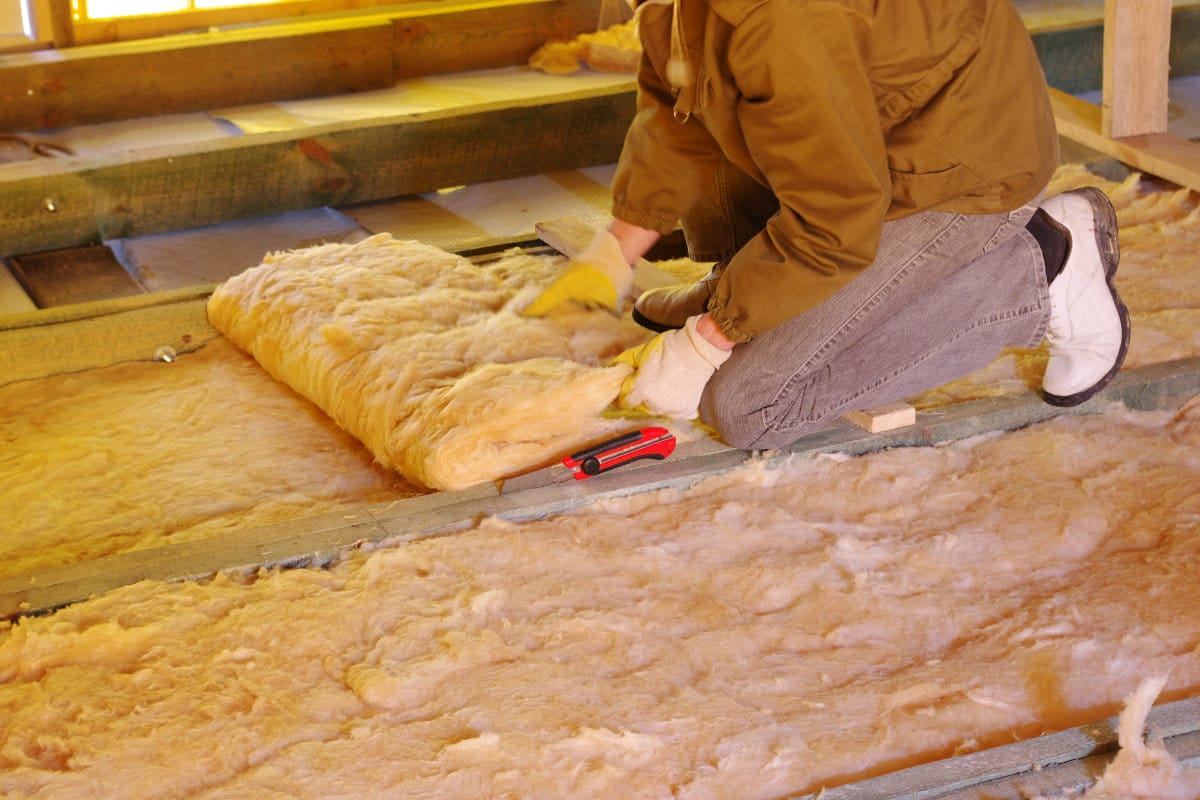
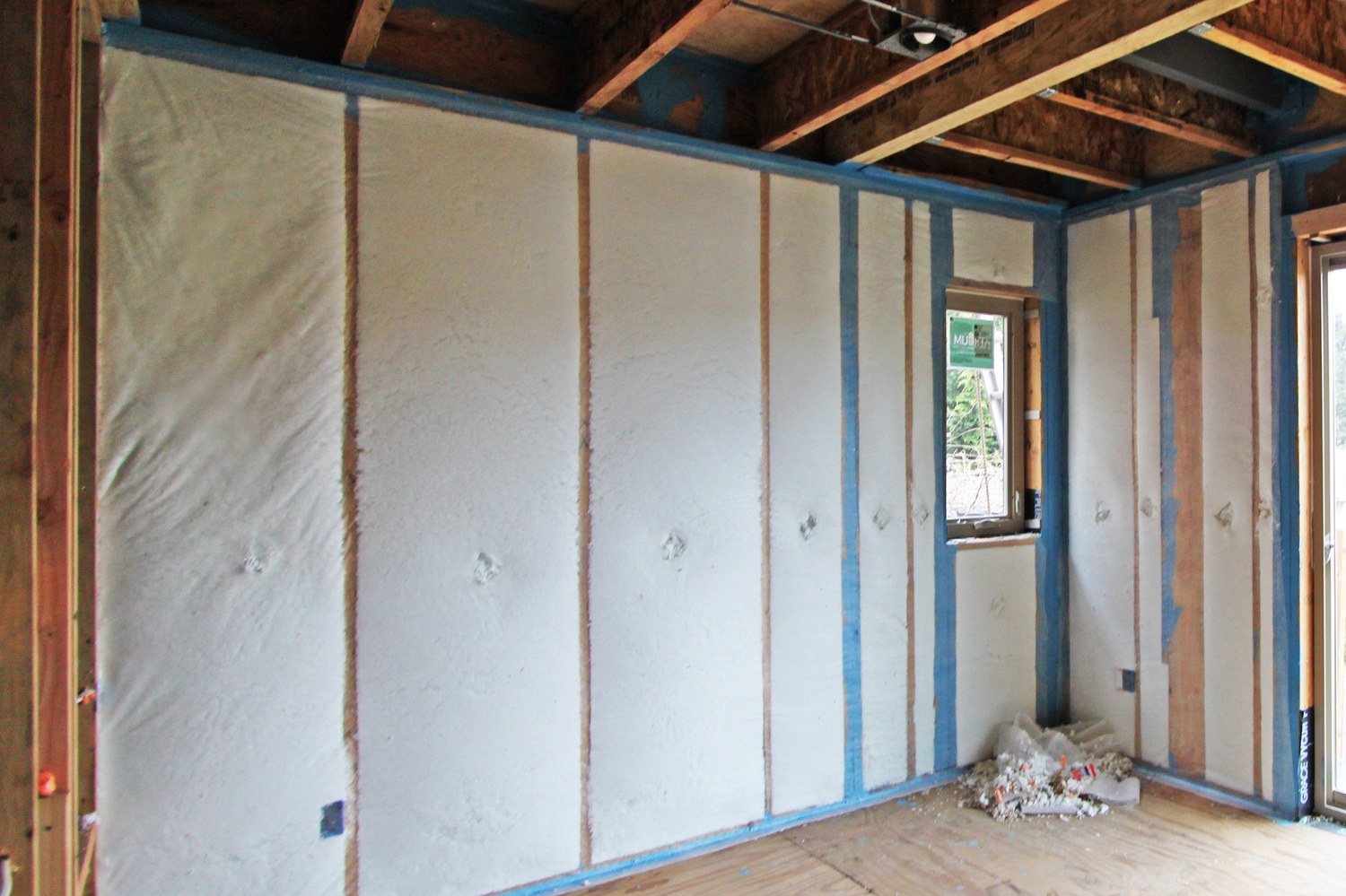
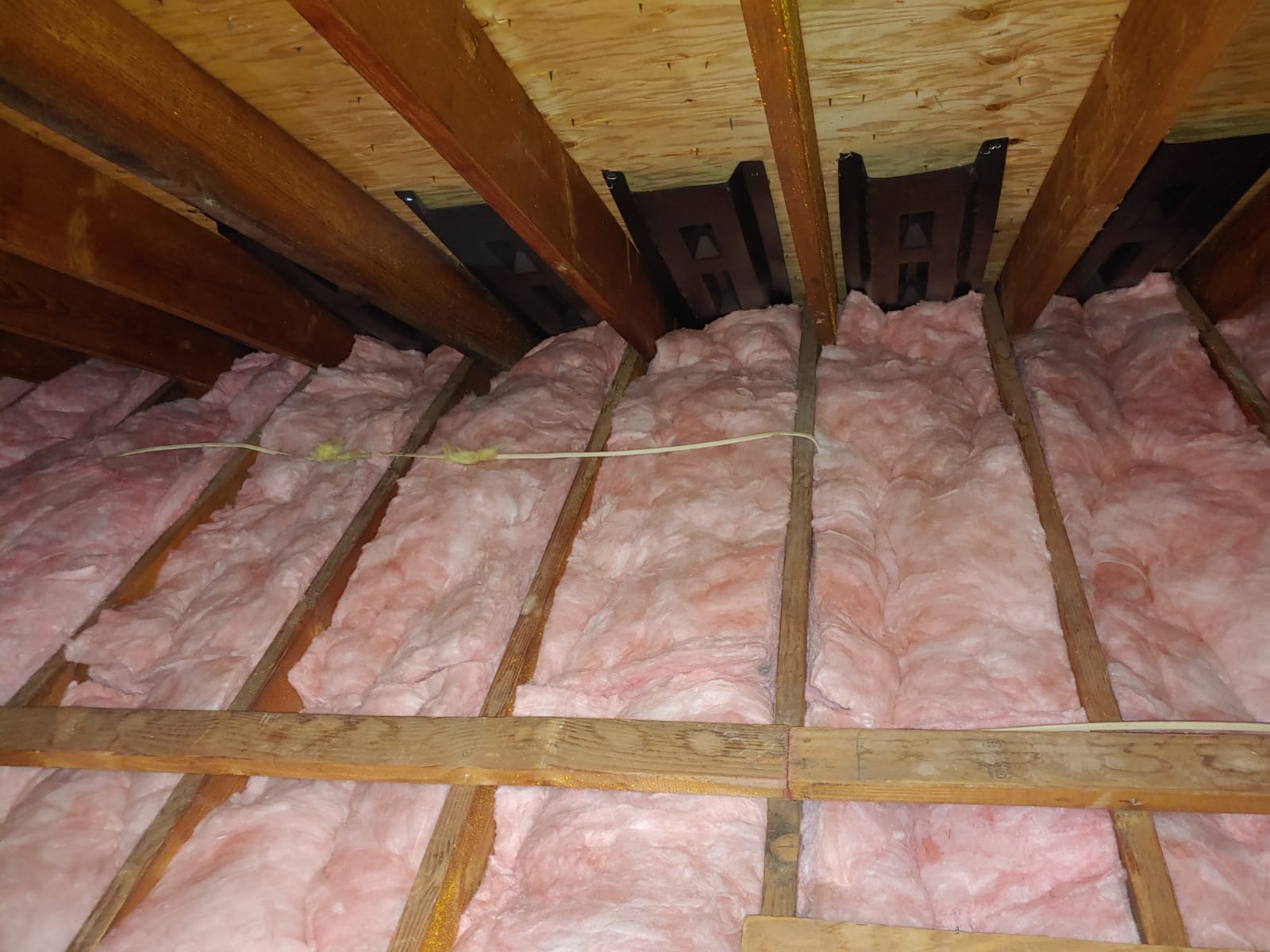
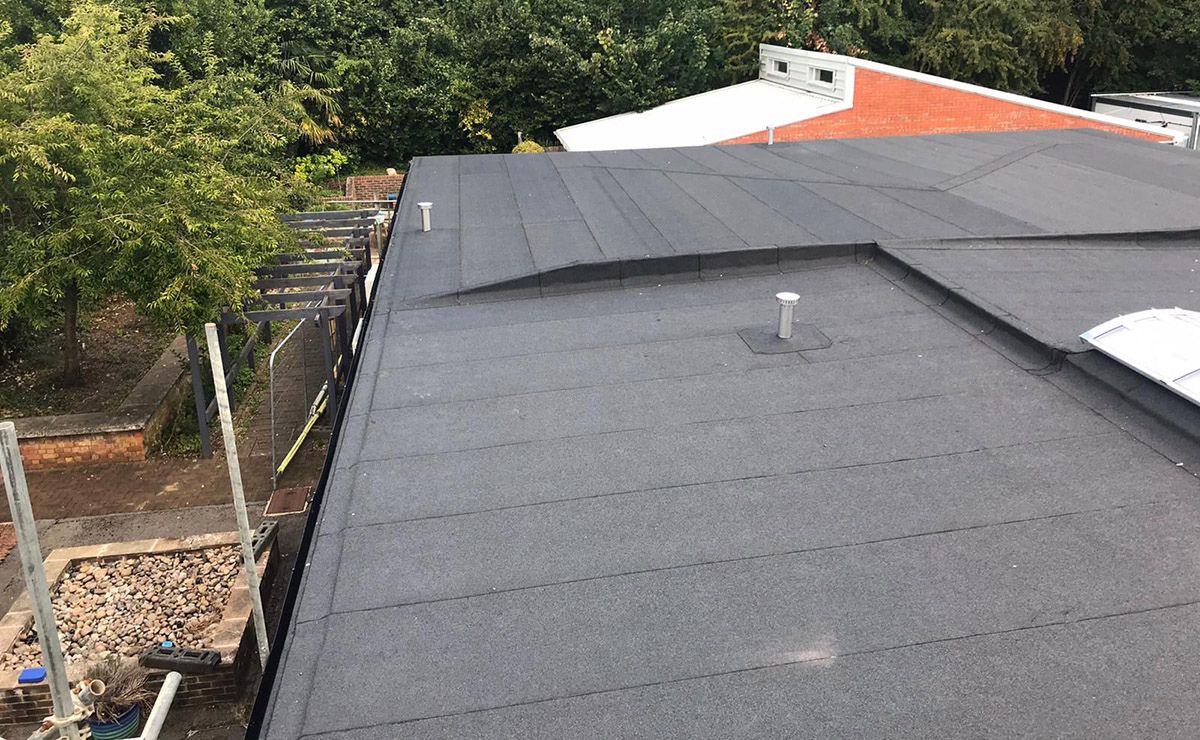
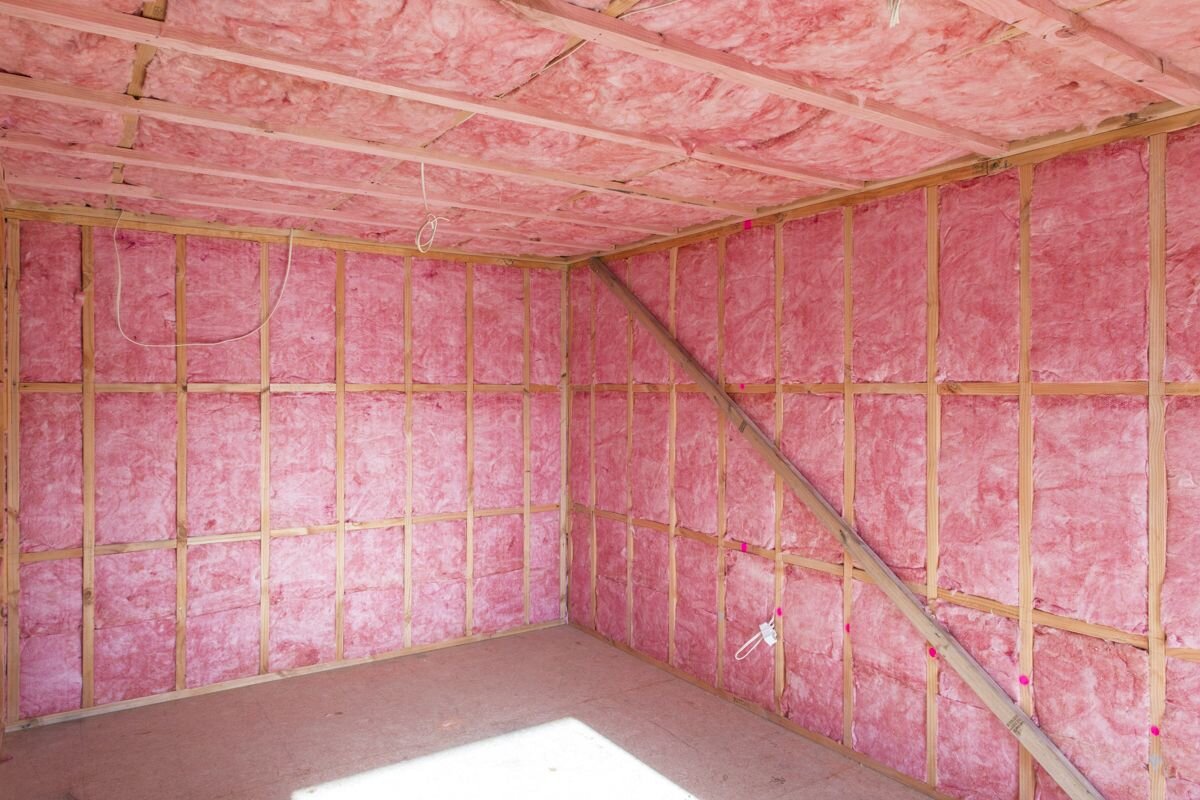
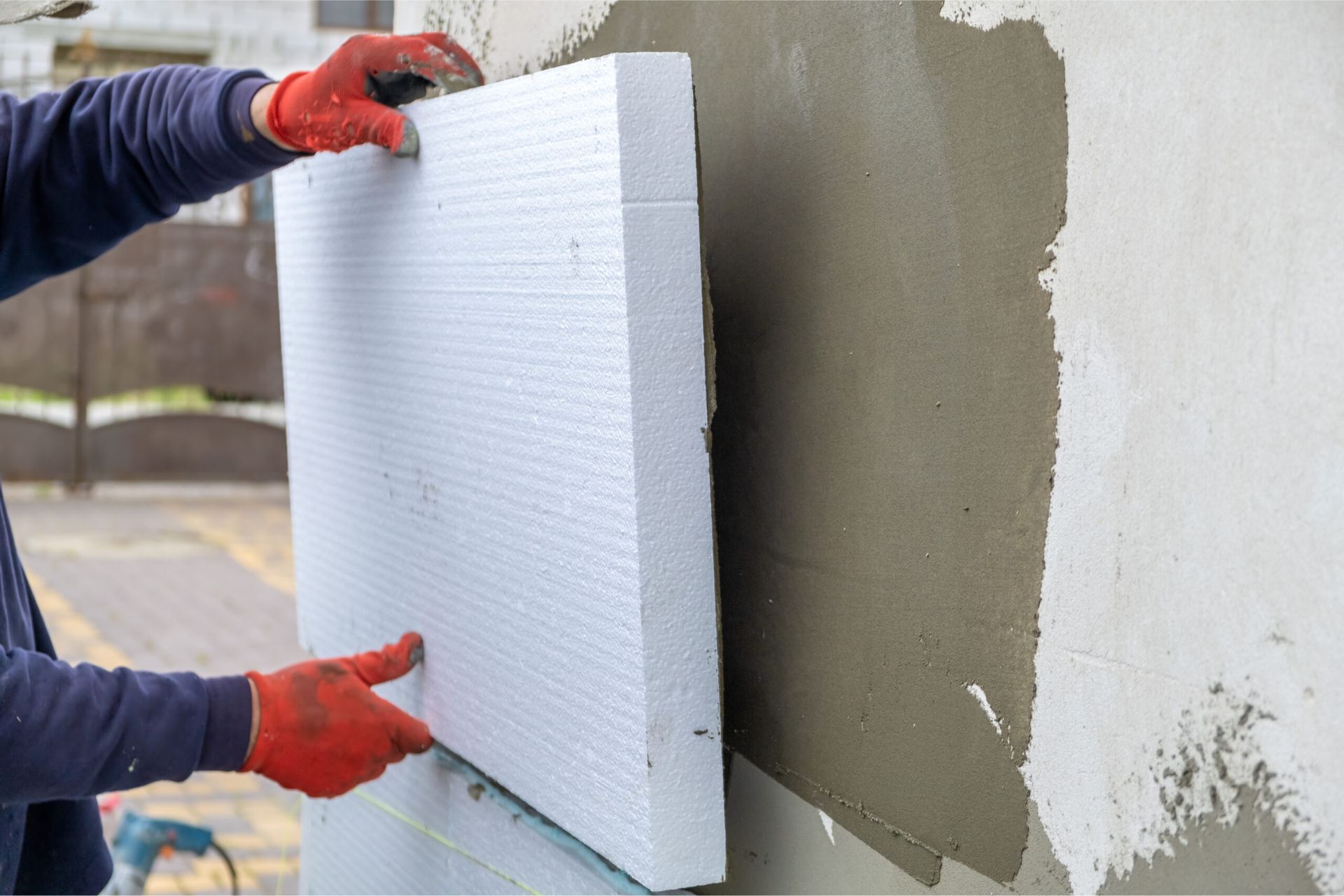
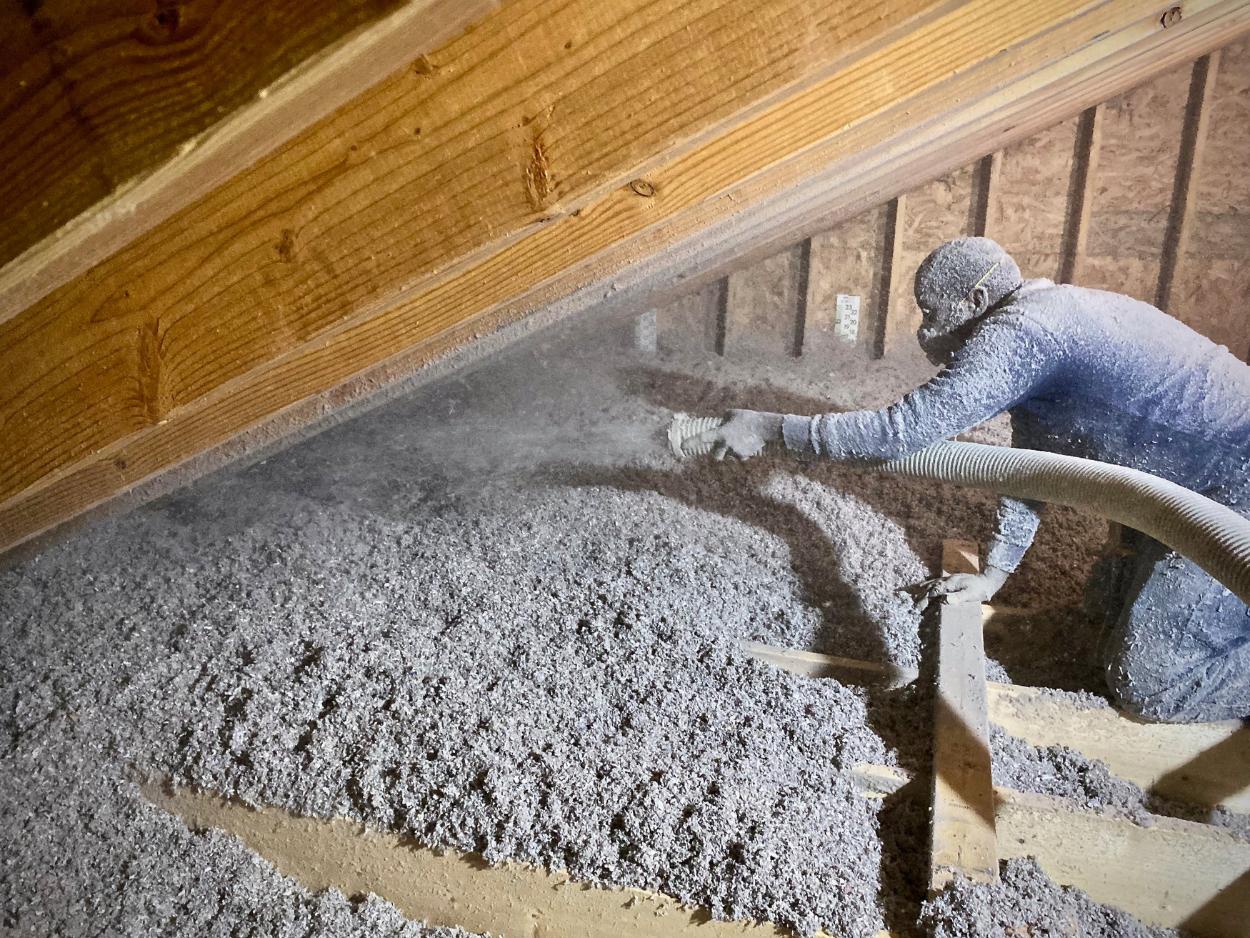

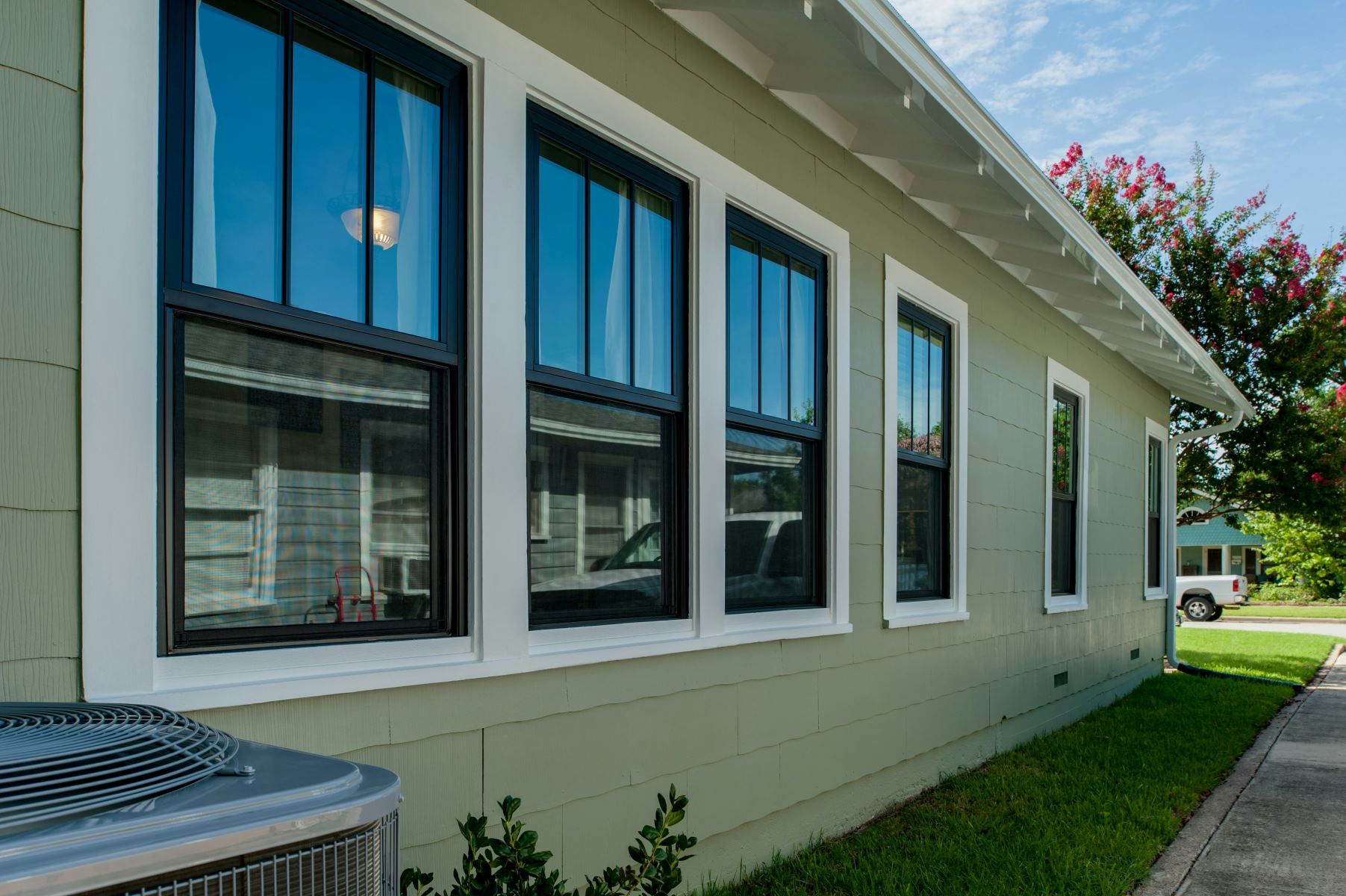
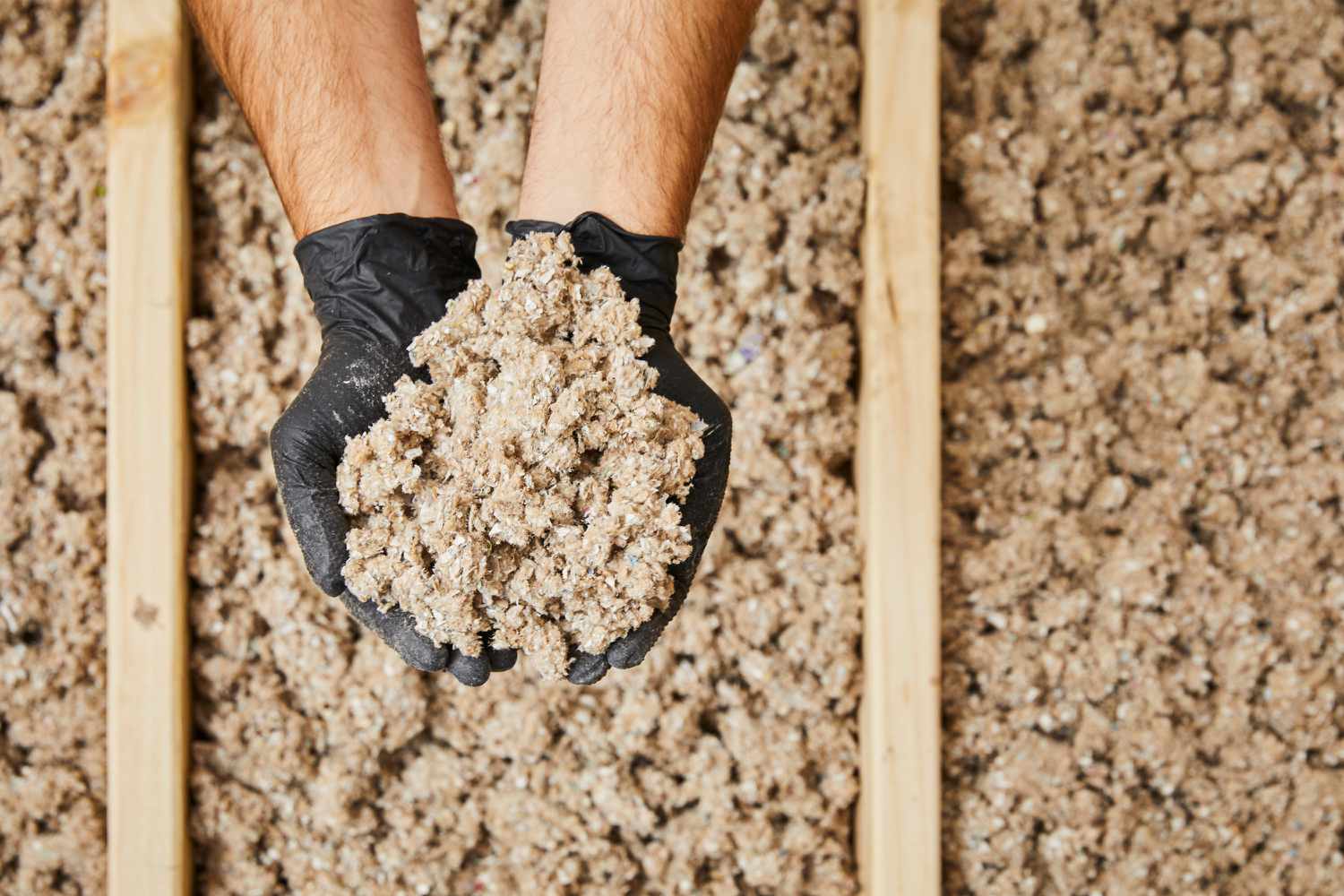
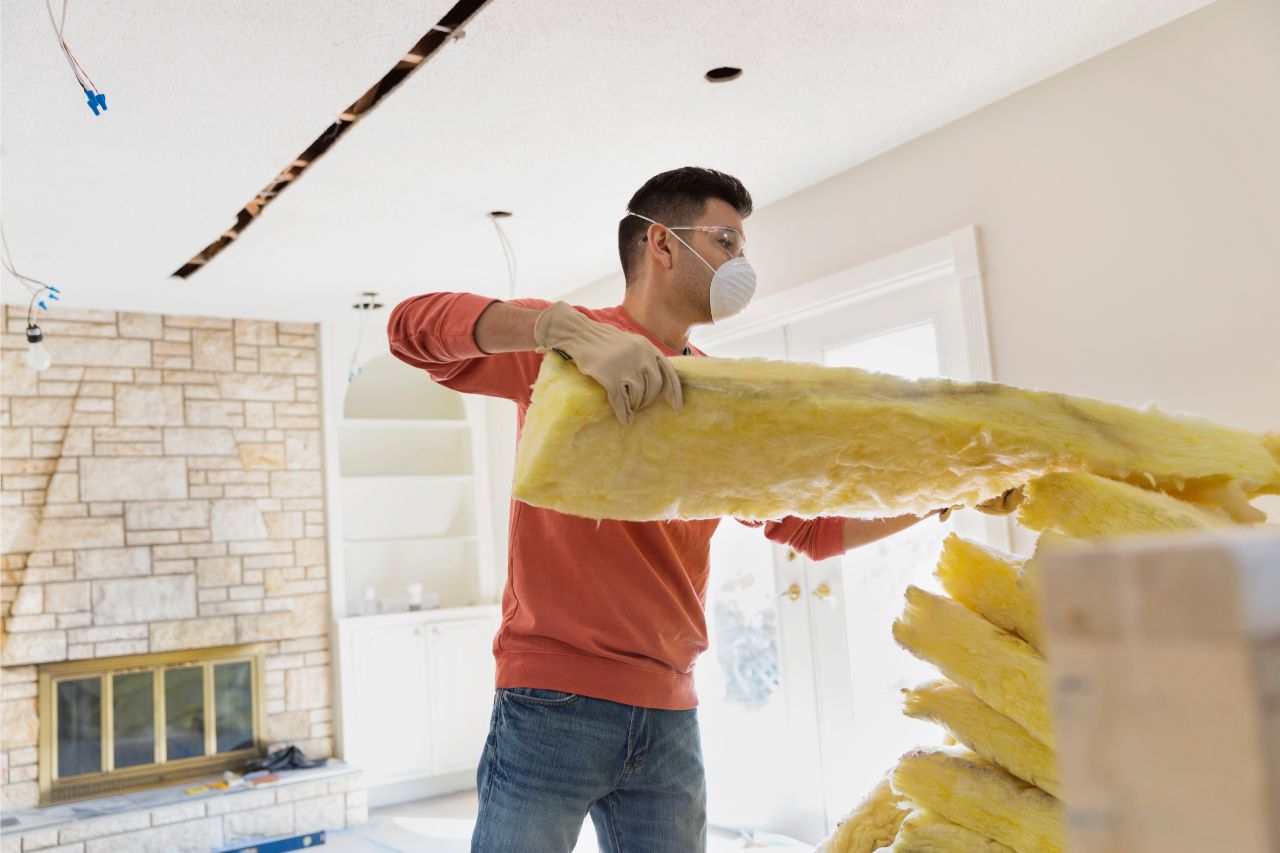

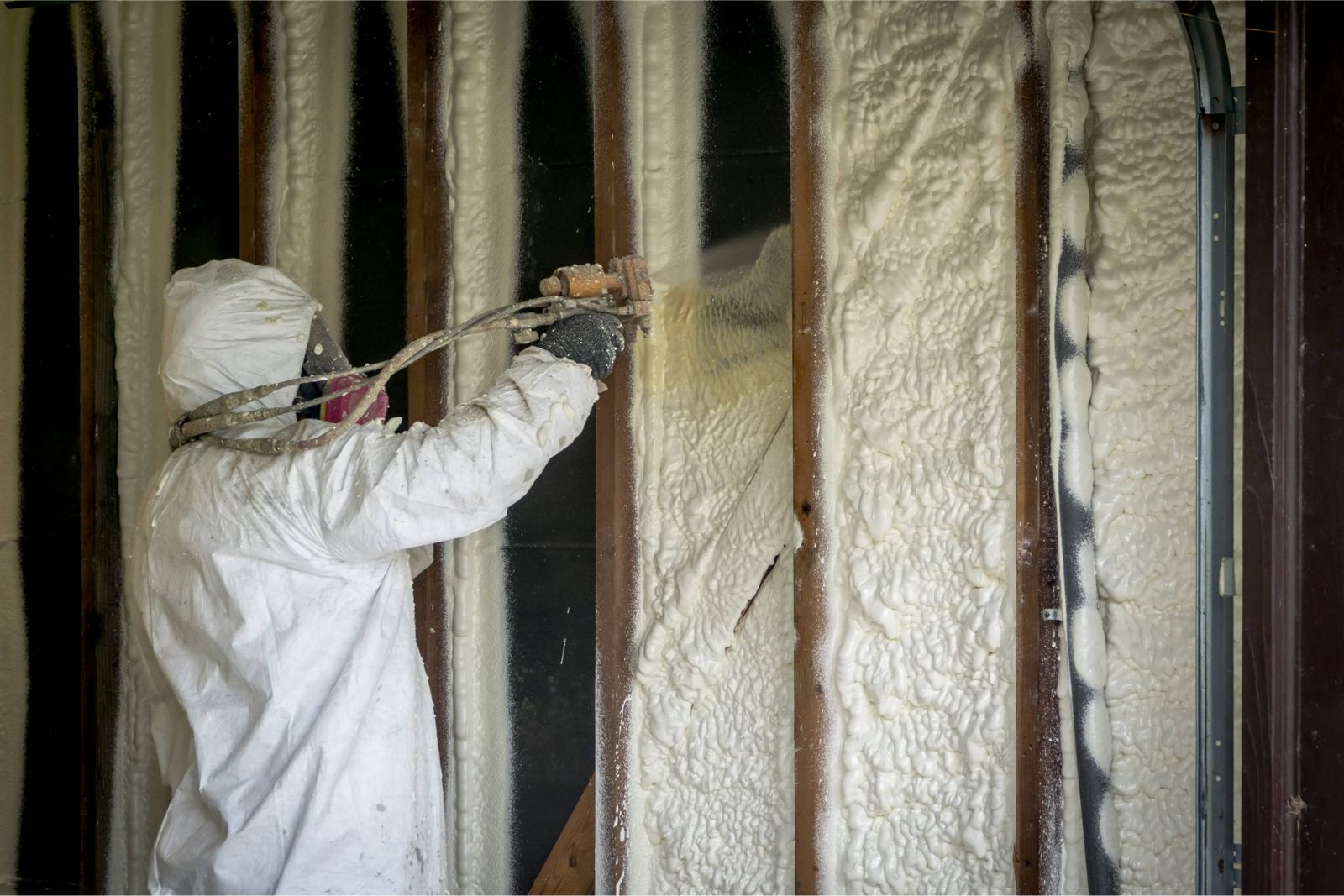

0 thoughts on “What Is Continuous Insulation”